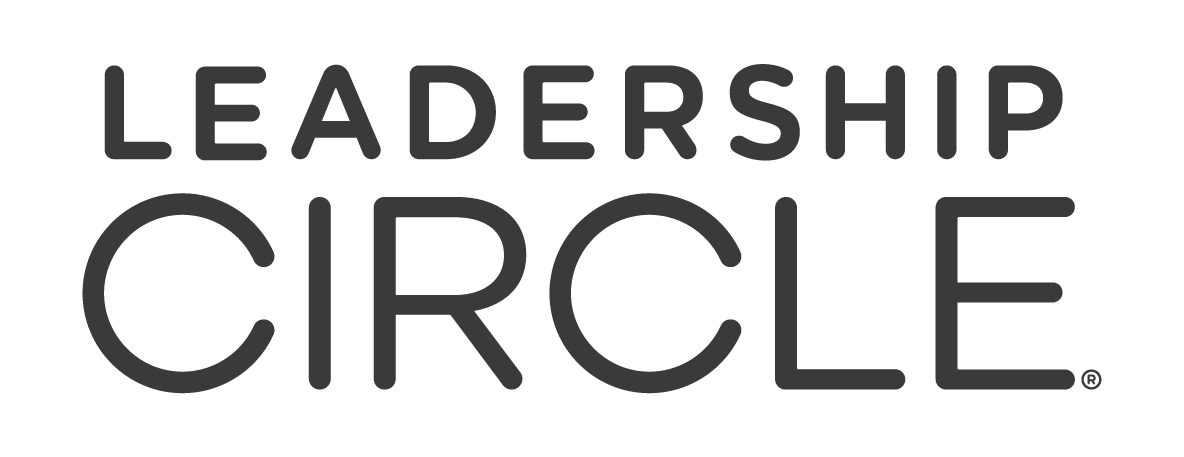The Five Levels of Leadership
By Bob Anderson and Bill Adams
There’s a popular belief about leadership, that it is the most studied but least understood concept in business. In our experience, that belief is not just inaccurate, but it is misleading. In reality, leadership has been the subject of thousands of surveys and academic research studies. We know far more today about how it works—and how to make it work better—than ever before.
How do we know this to be the case? Over the past 35 years, we have been working to integrate the best of the leadership theory and research into a comprehensive framework for developing leaders. The result was the first Universal Model of Leadership to emerge in the field—an integrated framework for breakthrough performance and extraordinary business results. It provides organizations of any size, in any industry, with the tools they need to measure the effectiveness of individual leaders, and then to assess their progress as they develop in some very practical ways that can make a significant difference for them immediately.
After thoroughly road testing the model, we created the Leadership Circle Profile, a comprehensive 360 assessment to help leaders get feedback about their leadership through the model and chart their path of development.
In the course of our own in-depth study of leadership—looking at more than 1 million rater surveys in our database of 360-degree leader assessments, as detailed in our book, Mastering Leadership (Wiley, 2016)—we found that there is a critical prerequisite to effective leadership of an organization: becoming an effective leader of oneself. We define self-leadership (also known as personal mastery) as creating outcomes that matter most to us. If we can create the life we most want—organizations we believe in, great families and relationships, a better world—that is self-leadership. Self-leadership is the ability to show up effectively, in a way that optimally serves your desired outcome.
Leadership is something more; it enhances this very same capability in others. Leadership is ultimately about scaling the capacity and capability of an organization to create outcomes that matter most to fulfill the vision of its desired future. Leadership scales capacity and capability in others, through teams, and in the organization. Leadership scales the capability in the organization to thrive by constantly and agilely reinventing itself in the kind of volatile, ever-changing conditions that we find ourselves in today.
Leadership, then, is the deployment of self into circumstances. As a leader, you are your primary asset. How you show up moment to moment is your leadership impact.
When we look at what makes an effective leader, and what leadership is really all about, the characteristics that are revealed go hand in hand with what it means to be a well-rounded integral human being, the kind of person who brings something to the planet and who gives back and produces in a way that makes a difference in the world around us. At its very heart, leadership is all about building relationships and being radically human.
The question we ask is this: When you lead, who shows up—which self do you deploy?
Our research revealed that there are five levels of leadership, and they determine which self we deploy as leaders. These stages can be looked at as a spectrum of behavior, where leaders are rated more effective as they move through each stage of development.
Egocentric Leadership
The focus of egocentric leaders is squarely on themselves—egocentric leaders do not notice the needs of others, which may compete with their own. At about the age of 8, we as humans enter an egocentric stage of our lives. This stage, which normally ends as we transition into early adulthood, is important to our development as it enables us to get our needs met and to gain independence as we mature. However, as we become leaders, a focus solely on ourselves to the exclusion of our employees, peers, customers, and others can become debilitating, and ultimately, ineffective and unproductive.
Reactive Leadership
Reactive leaders tend to identify with certain strengths—overdeveloping them while underdeveloping others. They emphasize caution over creating results, self-protection over productive engagement, and aggression over building alignment. These self-limiting styles overemphasize the focus on gaining the approval of others, protecting oneself, and getting results through high-control tactics.
Creative Leadership
Creative Leaders are less self-centric and are much more about the development the capacity and capability of the organization. They are approachable and skillful in working with people, listen well, build high-performing teams, mentor and develop capability in others, and empower their people. Creative Leaders embody their vision calmly and with integrity and courage, and improve organizational systems.
Integral Leadership
Integral leaders take Creative leadership to a higher level. They are Creative leaders who have a vision that expands to include systemic welfare. Integral leaders create and internalize a greater vision of the whole system, becoming an architect of its future. They don’t just focus on a vision tailored solely to their organization—they consider the welfare of the larger, interdependent system in which their organization exists. Integral leaders are servant leaders, becoming the servant of the whole.
Unitive Leadership
The highest level of leadership is Unitive. Unitive leaders have evolved into the highest knowing of who they are. This level is quite rare, but it can be attained by those who engage in long-term spiritual practices. Unitive leaders are not disengaged from the world around them—they exist at the highest level of sacred union with All that Is, and they function as global visionaries and enact world service for the universal good.
Conclusion
Our world is changing quickly, bringing with it great opportunity—and great peril. Leaders bring the weather to organizations; the kind of leadership they deploy determines to a great degree organizational climate, culture, and outcomes. As leaders move up the five levels of leadership, they become more effective as leaders, and their organizations, employees, and customers prosper.
Which level of leadership do you bring with you to work each day, and how does it impact those work for and with you, your customers, and the communities in which you do business? Are you adding or subtracting? Building or destroying? Contributing or taking away?
Mastering leadership requires conscious development and work. While we won’t say that it is an easy path, everyone has the tools at hand required to do it. With focus and practice, course-corrected by honest feedback from those around us, great leadership is within our reach. And great leadership is what we all long for—within ourselves and those with whom we work.
–
Interested in diving deeper into leadership development? Read Mastering Leadership, the breakthrough book by the article’s authors, Bob Anderson and Bill Adams.






It’s interesting to know that a creative leader will worry about the development of the organization. My husband is thinking about how to improve his company’s efficiency and how to turn his employees into leaders. I will let him know about the benefits of leadership assessment to motivate his employees with the well being of his company in mind.